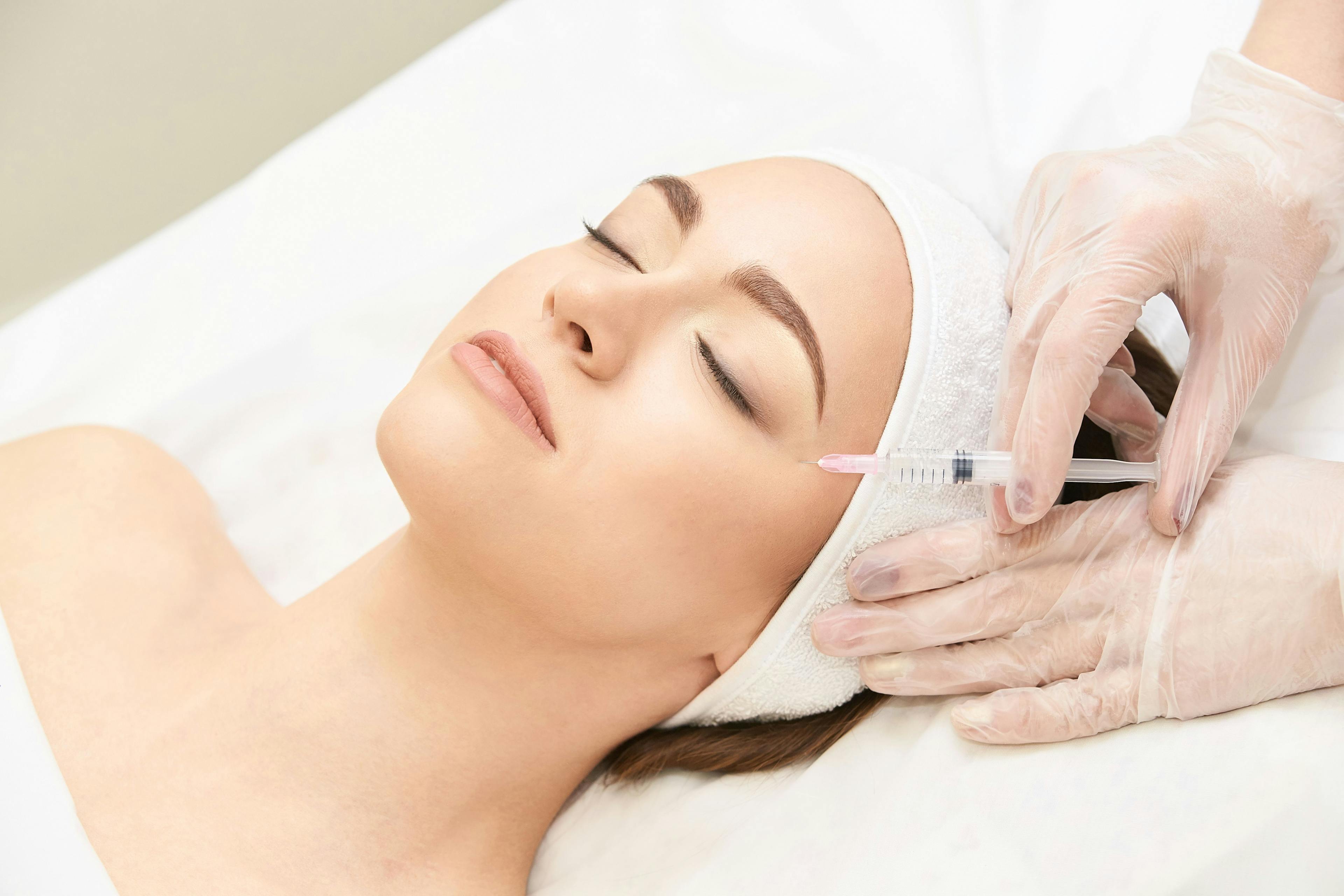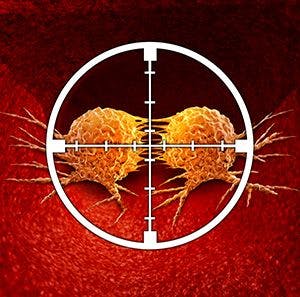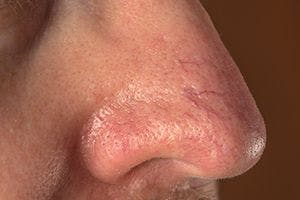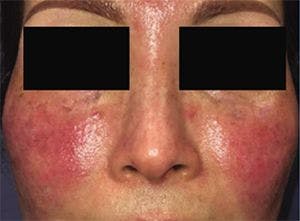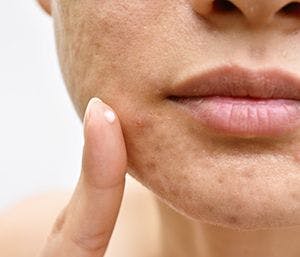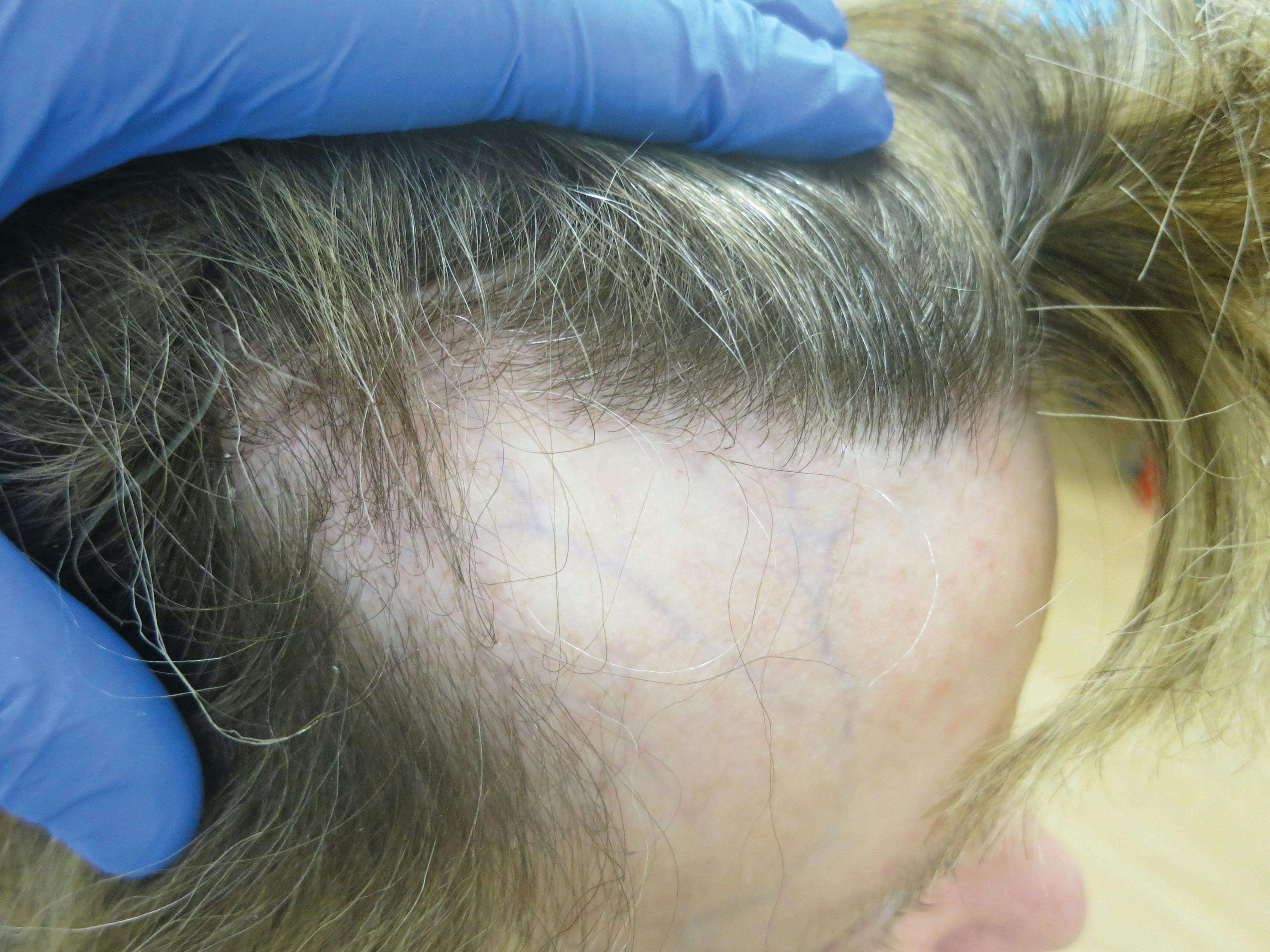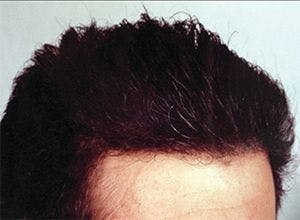- Acne
- Actinic Keratosis
- Aesthetics
- Alopecia
- Atopic Dermatitis
- Buy-and-Bill
- COVID-19
- Case-Based Roundtable
- Chronic Hand Eczema
- Chronic Spontaneous Urticaria
- Drug Watch
- Eczema
- General Dermatology
- Hidradenitis Suppurativa
- Melasma
- NP and PA
- Pediatric Dermatology
- Pigmentary Disorders
- Practice Management
- Precision Medicine and Biologics
- Prurigo Nodularis
- Psoriasis
- Psoriatic Arthritis
- Rare Disease
- Rosacea
- Skin Cancer
- Vitiligo
- Wound Care
Publication
Article
Dermatology Times
Expert offers insight on isotretinoin use
Author(s):
James J. Leyden, M.D., has four decades of experience prescribing isotretinoin for the treatment of severe acne both in clinical practice and clinical research. Read his conclusions about dosing and use of the oral retinoid in this article.
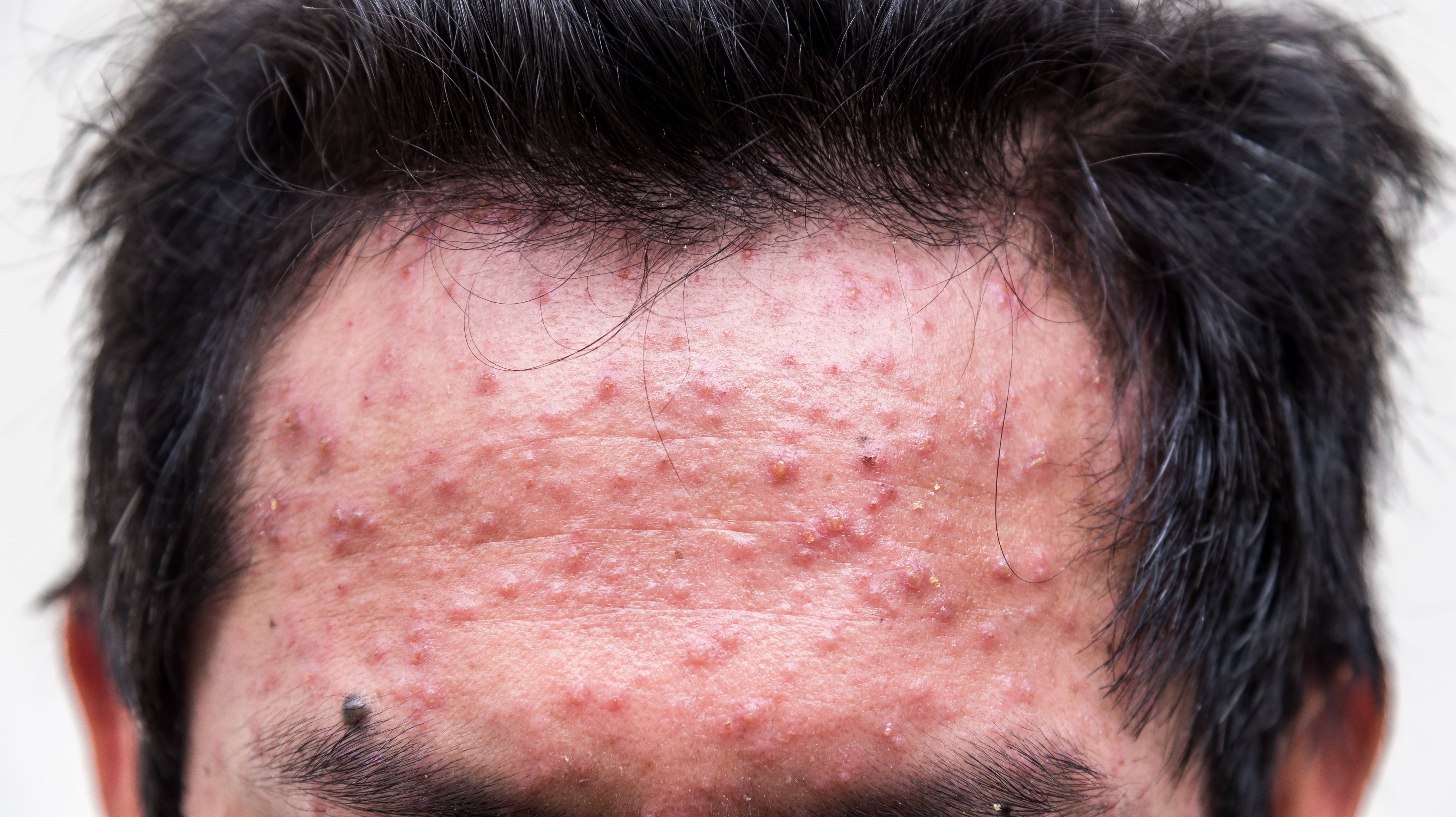
Dr. Leyden

Based on knowledge gained during approximately four decades of experience with isotretinoin for the treatment of severe acne both in clinical practice and clinical research, James J. Leyden, M.D., says he has formed some fairly opinionated conclusions about dosing of the oral retinoid.
RELATED: Lower dose isotretinoin may offer enhanced absorption
Speaking about “this incredible drug” at Maui Derm for Dermatologists 2020, Maui, Hawaii, Dr. Leyden shared his insights, including its place in his streamlined acne treatment algorithm along with dose considerations.
CANDIDATES
Dr. Leyden says that unless patients have very severe or widespread disease, acne treatment should be initiated with a topical retinoid and benzoyl peroxide. The two medications can be prescribed either as a fixed combination product or individually and typically should be used for three or four months before deciding whether further intervention is needed.
If a female patient has not achieved sufficient inflammation suppression with the two topical agents, the next step in the acne treatment algorithm adds spironolactone 100 to 200 mg/day followed by an oral contraceptive, if needed.
“The oral contraceptive interferes with the production of androgen while spironolactone acts via peripheral androgen antagonism. Using these treatments together, I have not recommended starting isotretinoin to any female in at least five years,” said Dr. Leyden, emeritus professor CE of dermatology, Perelman School of Medicine, University of Pennsylvania, Philadelphia.
“In the case of males in whom pregnancy is not an issue; however, I believe dermatologists are underutilizing isotretinoin.”
RELATED: Novel acne gel offers more tolerable treatment option
DOSE AND DURATION
Dr. Leyden emphasized that to reduce the risk for a severe acne flare, the starting dose for isotretinoin should never exceed 0.5 mg/kg/day.
“There is no way to predict who will experience a severe flare. It seems reasonable, however, that the flare occurs because massive sebocyte apoptosis results in the release of preformed pro-inflammatory cytokines into the dermis. Using a low isotretinoin helps to avoid massive sebocyte apoptosis,” Dr. Leyden says.
The isotretinoin dose can then be increased, and it should be administered at the highest dose that can be tolerated, recognizing that side effects of isotretinoin are dose-related and that there is interpatient variability in absorption and what individuals find acceptable in terms of side effects.
Dr. Leyden says he continues the treatment for one to two months after the acne is cleared, noting that he does so without evidence proving that it is necessary.
Minor recurrences after isotretinoin treatment are managed with a topical retinoid and benzoyl peroxide, but isotretinoin is restarted for a severe relapse.
“I am often asked, ‘How many times isotretinoin can be used?’ My answer is, ‘As often as it is needed,’” Dr. Leyden says. “Treatment with isotretinoin at a very low dose can get patients to 100% clear without causing significant side effects,” Dr. Leyden says. “Why treat severe relapses any other way?”
RELATED: Tazarotene lotion shows positive phase 3 results
RISK OF RELAPSE
Dr. Leyden observed that an “almost religious belief” now exists that the risk of relapse after successful treatment with isotretinoin is tied to the total cumulative dose. He suggested this idea originated from a single sentence included in an isotretinoin treatment guidelines paper published in the 1990s for which Dr. Leyden was a co-author.1
“The sentence states there is a possible connection between remission and the total cumulative dose. I violently opposed the concept, but I was outvoted,” he says.
Instead, according to Dr. Leyden, patient age is the most important factor determining risk of relapse after successful isotretinoin treatment. As shown in an analysis of iPLEDGE data looking at the need for isotretinoin retreatment among more than 3000 patients aged 10 years and above, the incidence of relapse decreased with increasing patient age and plateaued in groups aged >18 years.
“This finding is consistent with what we know about the benefit of x-ray treatment for acne and corresponds with the natural history of the disease,” Dr. Leyden says.
He added that no systematic studies have looked at whether relapse in younger patients is influenced by isotretinoin dose.
“I suspect there may be a relationship between dose and time before relapse, but not between dose and relapse incidence,” Dr. Leyden says.
RELATED: Risk of scarring in adults with persistent acne
As researchers sought to identify regimens that might maximize the duration of acne remission post-isotretinoin, studies were undertaken looking at the influence of varying the total cumulative dose as well as varying the total daily dose or adding other therapies during and post-isotretinoin.
“The general trend was to use higher and higher doses based on the idea that using more and more of the drug might make the improvement last longer,” Dr. Leyden says.
An important outcome of those studies, which is often overlooked, is that isotretinoin was highly effective even at a very low dose.
“A non-effective dose of isotretinoin for clearing very severe acne was not found – 0.1, 0.5, and 1.0 mg/kg/day were equally effective,” Dr. Leyden says.
References:
1. Cunliffe WJ, van de Kerkhof PC, Caputo R, et al. Roaccutane treatment guidelines: results of an international survey. Dermatology. 1997;194(4):351-357.

Newsletter
Like what you’re reading? Subscribe to Dermatology Times for weekly updates on therapies, innovations, and real-world practice tips.

